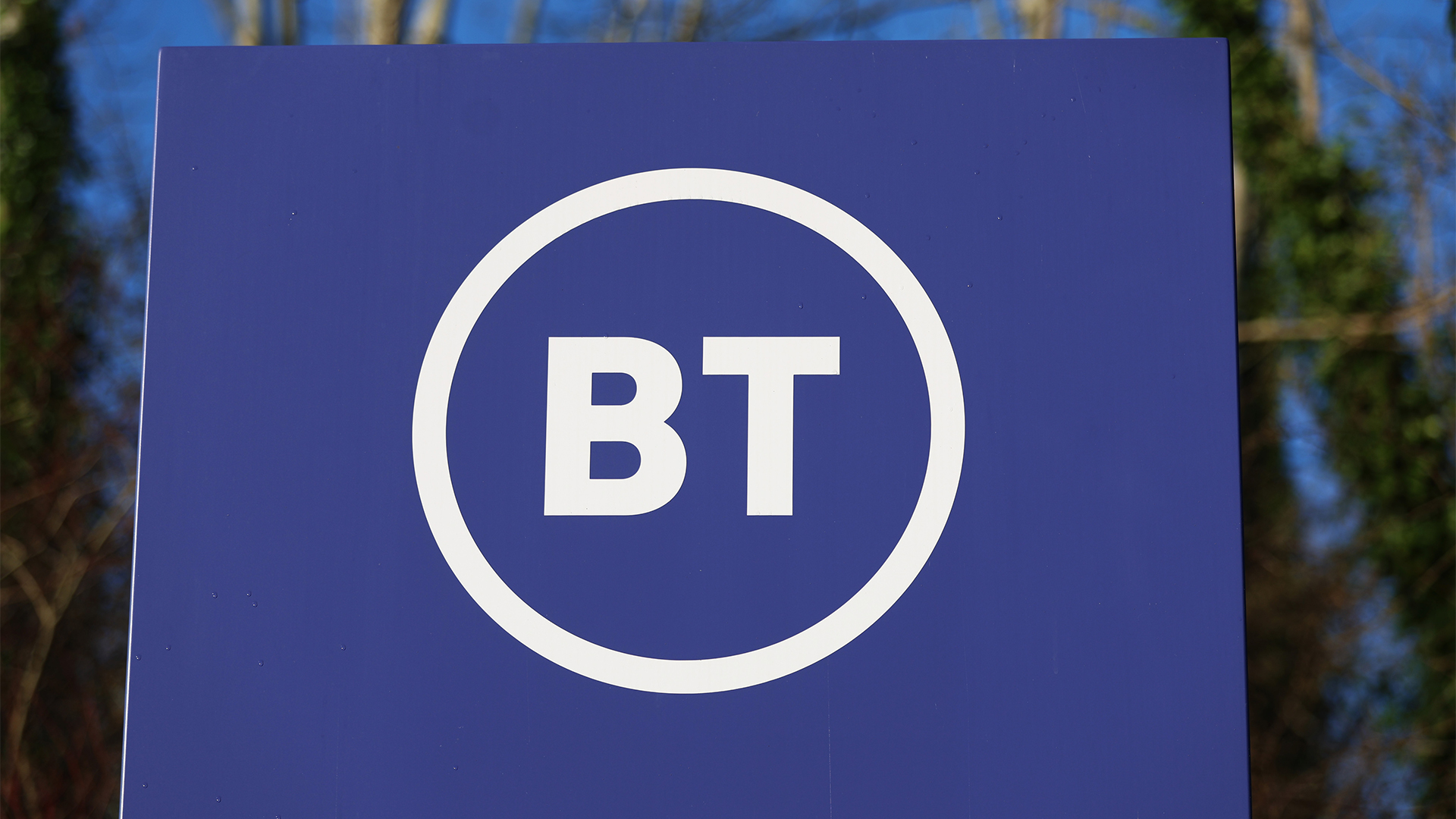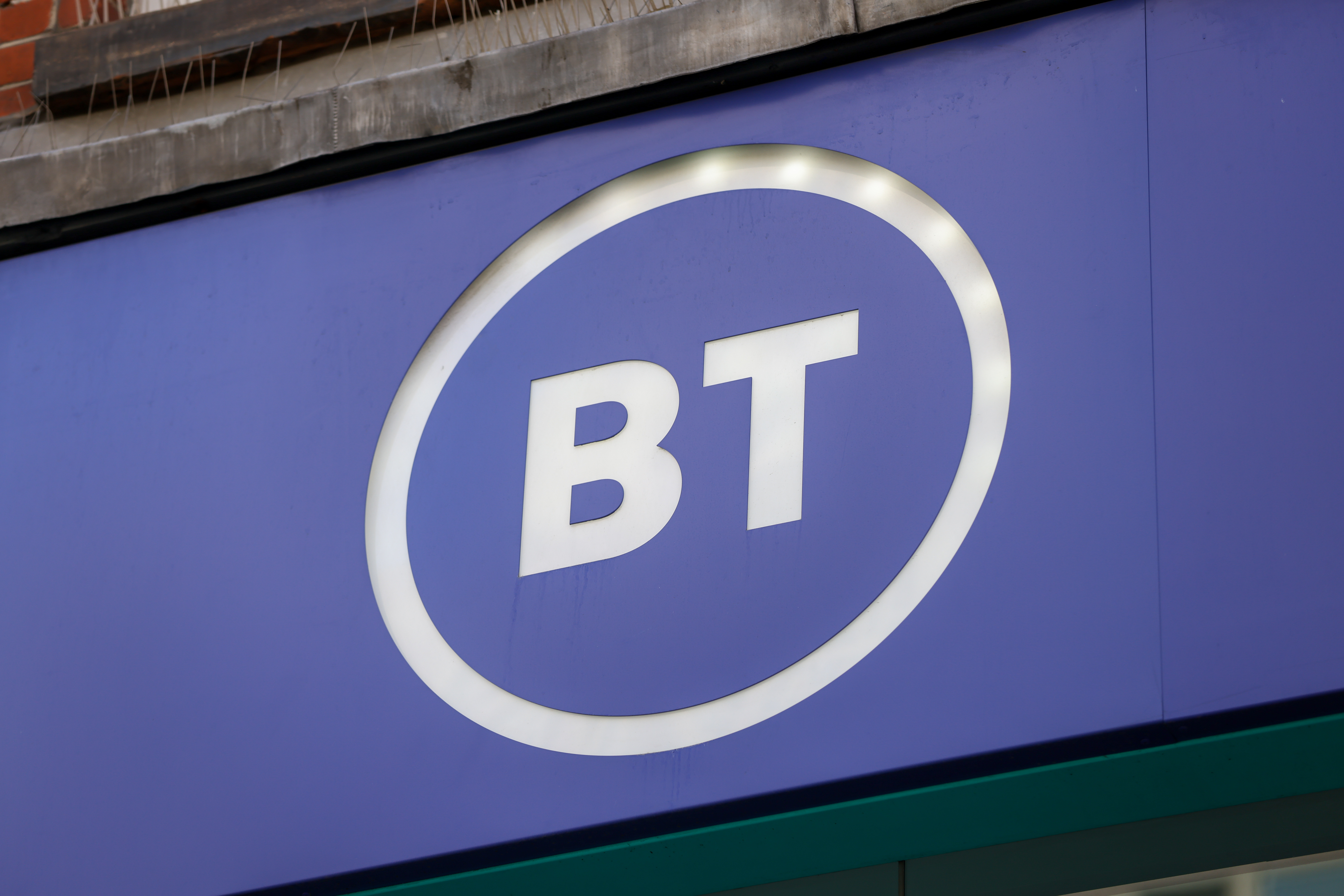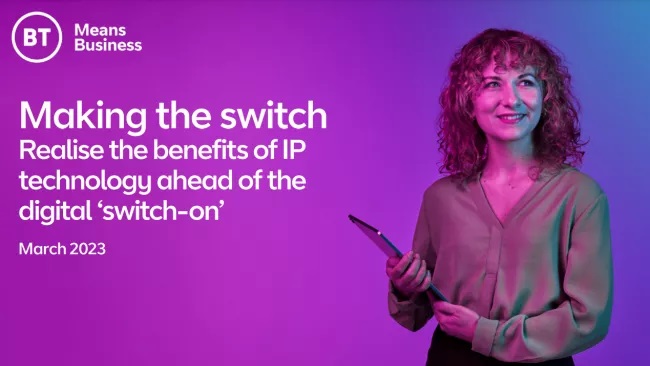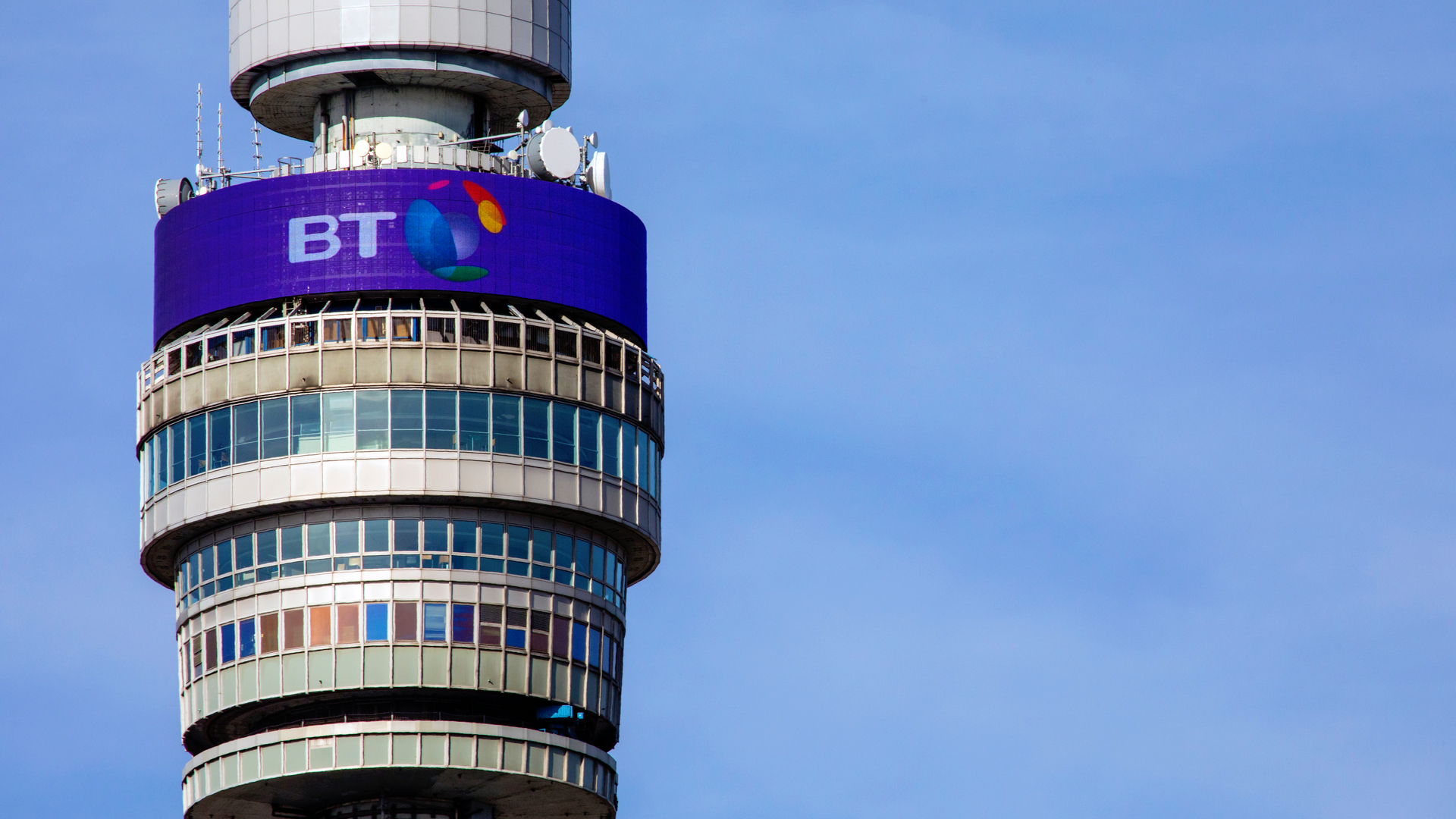Analysis: BT's fibre plans go national
How will BT's plans to spend £1.5 billion on a national fibre network affect businesses - and are they too little, too late?

The news that BT is willing to ignore the credit crunch and invest some 1.5 billion - including 1 billion of new money - in a national fibre-optic broadband service should be a boost to businesses and consumers alike.
As many as 10 million homes, according to the company, will be connected to a "next generation" broadband service by 2012, nicely in time for the London Olympic games.
But the Olympic Village will be one of the few places in the UK that will gain a direct connection to the new network, at least initially. BT has said that investment in fibre to the premises (FTTP), with speeds of up to 100mbps, will be "focused primarily on new build sites such as Ebbsfleet and the Olympic Village".
Other locations will be connected via a mixed technology, generally known as Fibre to the Cabinet (FTTC) or fibre to the kerb. In these cases, the connections from the street cabinets to premises will still be over copper, although BT still expects to deliver speeds of 40mbps, and potentially, up to 60mbps.
BT has also said that the deployment will not just be to major cities, and the company plans to work with local authorities and the Government on its roll-out plans. Regional development agencies and local business groups are also expected to play a part in shaping the new network, although again BT has yet to clarify how this might be done.
Passing businesses by?
"BT has said that this move will help home workers and small businesses, although the roll out is not predicated on this," said Clare McCarthy, principal analyst at Ovum, the industry analyst.
Get the ITPro daily newsletter
Sign up today and you will receive a free copy of our Future Focus 2025 report - the leading guidance on AI, cybersecurity and other IT challenges as per 700+ senior executives
"They have committed to fibre for new-build business parks and public sector buildings such as schools and hospitals, but they have given no more detail. We have also asked BT whether they are looking to the regional development agencies for help with funding, or simply a demonstration of demand," she said.
Fears that businesses could find themselves bypassed by the new network are well founded. Although discussion of a broadband divide focuses on rural areas, business districts in suburban areas and smaller downs can also suffer from bandwidth blackspots. Virgin Media, for example, still cannot offer connections in a large number of business districts because the original cable networks were planned to deliver pay TV, not Internet access, and so focus on residential streets.
Edge-of-town business and retail parks can also be too far from the telephone exchange to support high-speed DSL, let alone ADSL2. Some multiple retailers are still run branch-based ERP systems over ISDN, either because broadband is not available, or is not reliable enough.
A further issue arises where competitors to BT have yet to install their "unbundled" equipment in town centre telephone exchanges, leaving SMEs dependent on services offered either by BT directly, or by an internet service provider re-selling BT Wholesale services. This leads to higher prices for business users.
Some industry observers are also concerned that BT's new network could deter rival ISPs from investing,, or investing further, in local loop unbundling. BT has said it will offer its fibre services on a wholesale basis, but it is not yet clear how this will affect internet providers using their own equipment, rather than reselling BT ADSL.
"The question now is what happens to investments from alternative providers in DSL services in the local loop," said Pete Nuthall, analyst for European telecoms at research firm Forrester. "There is little incentive [for them] to continue their expansion plans. They might want to look at saving money by using wholesale services from BT."
Delivering on demand
A further question is whether Ofcom and BT will be able to agree an acceptable regulatory framework that will, in the words of BT chief executive Ian Livingston, "make sure that anyone who chooses to invest in fibre can earn a fair rate of return for their shareholders".
Ofcom has already welcomed BT's announcement, but the regulator will have to strike a balance between allowing BT a sufficient profit margin to roll out its new network and ensuring that other ISPs are not driven out of the market by fibre.
"Local loop unbundling is a big issue for Ofcom," said Anthony Walker, chief executive of the Broadband Stakeholder Group. "There is a debate that has to happen across the industry." Options, he suggested, might include sub-loop unbundling, where rival service providers run broadband connections from BT's fibre cabinets, rather than from exchanges, to businesses or homes.
But in the short to mid term BT's moves could also have another, paradoxical effect: that of increasing the broadband divide. "In the shorter term there could be more variation (in internet access). The challenge is narrowing that down," said Walker.
The one issue that is unlikely to be a barrier, however, is demand for faster access to the Net. Consumers are already demanding higher-speed access to support entertainment services such as IPTV and content downloads, as well as Internet telephony.
VoIP, software as a service and online, high-definition conferencing are all drivers for businesses to upgrade their bandwidth too, and there is also the issue of businesses gearing up to supply a new generation of bandwidth-intensive services to consumers over fibre.
"The argument could readily be made that while we may not know today which commercially viable services require 100 mpbs, in 10 years' time, we might question why we ever doubted the need for such speed," said Paul Lee, telecoms director at Deloitte, the business advisory firm.
If he is right, BT's bold move is likely to pay dividends for its customers and shareholders alike.
-
 Should AI PCs be part of your next hardware refresh?
Should AI PCs be part of your next hardware refresh?AI PCs are fast becoming a business staple and a surefire way to future-proof your business
By Bobby Hellard Published
-
 Westcon-Comstor and Vectra AI launch brace of new channel initiatives
Westcon-Comstor and Vectra AI launch brace of new channel initiativesNews Westcon-Comstor and Vectra AI have announced the launch of two new channel growth initiatives focused on the managed security service provider (MSSP) space and AWS Marketplace.
By Daniel Todd Published
-
 Equinix acquires BT's Irish data centers in €59 million deal
Equinix acquires BT's Irish data centers in €59 million dealNews As BT moves to an asset-light business model, Equinix looks to expand
By Emma Woollacott Published
-
 BT just extended the PSTN switch-off deadline — here’s what you need to know
BT just extended the PSTN switch-off deadline — here’s what you need to knowNews BT described the move as a “revision”, citing a series of improvements to the wider PSTN switch-off programme
By George Fitzmaurice Published
-
 BT misses key Huawei kit removal deadline, but the telco is “almost over the line”
BT misses key Huawei kit removal deadline, but the telco is “almost over the line”News BT is still reliant on non-compliant Huawei equipment for 2G and 3G services
By Ross Kelly Published
-
 BT partners with HPE to deliver new global managed LAN service
BT partners with HPE to deliver new global managed LAN serviceNews The latest collaboration combines BT’s connectivity expertise with HPE Aruba Networking’s latest LAN solutions
By Daniel Todd Published
-
 Making the switch
Making the switchWhitepaper Realise the benefits of IP technology ahead of the digital ‘switch-on’
By ITPro Last updated
-
 BT and OneWeb succeed in "game changer" satellite connection trial
BT and OneWeb succeed in "game changer" satellite connection trialNews Smaller businesses in rural areas could benefit from improvements to backhaul services using satellites, with speeds increasing by an order of magnitude
By Rory Bathgate Published
-
 BT, Nokia crack four carrier aggregation on a 5G network in first for Europe
BT, Nokia crack four carrier aggregation on a 5G network in first for EuropeNews The breakthrough marks the first successful use of such technology on a live network, and could lead to dramatic network improvements
By Rory Bathgate Published
-

 BT Mini Whole Home Wi-Fi review: Value-conscious range extension
BT Mini Whole Home Wi-Fi review: Value-conscious range extensionReviews You shouldn’t expect top performance, but this dinky mesh system eradicates notspots for a great price
By Darien Graham-Smith Published